We all feel nervous confronting a new challenge, especially as kids when we’re experiencing lots of things for the first time. So, some level of anxiety is completely normal when big or unusual events occur, such as welcoming a new sibling, starting preschool or moving into a different house.
In fact, a little worry is actually a good thing as it can prevent kids from engaging in dangerous behaviors. But too much anxiety can interrupt daily life and harm a child’s emotional development. Try not to be too concerned, though: Anxiety in toddlers and young children is rare, and when it does happen, it's very treatable.
Read on for more about the signs of anxiety in kids, the different forms it takes and how these disorders are treated.
What is anxiety in children and toddlers?
Anxiety in children is a general way of describing a feeling of extreme unease, fear or worry. Some anxiety, of course, is expected, but anxiety becomes a problem when a child’s worrying is constant, exaggerated, and takes over his thoughts.
Childhood fears and anxieties are common in older children, tweens and teens, with one study finding that 43 percent of kids between the ages of 6 and 12 experienced them.
Though anxiety disorders are relatively rare in toddlers and young kids, children as young as 3 can be diagnosed with anxiety, though certain types are based on specific timeframes (for example, separation anxiety disorder is diagnosed when symptoms last for at least four weeks). Anxiety disorders can be pinned to panic, social situations or specific phobias, though the worry your child feels may also fall in the category of generalized anxiety disorder or GAD.
What are the signs of anxiety in children?
Signs of anxiety in toddlers and young children will vary depending on the trigger or the type of social situation at hand. Anxiety can cause physical as well as emotional symptoms, including:
More on Mental Health in Children
Difficulty sleeping
Stomach pain or other physical complaints
Lots of clinging and crying
Often acting scared or upset or throwing more tantrums than usual
Shaking, jitteriness or shortness of breath
Dry mouth
Racing heart
What are the different types of anxiety in toddlers and children?
There are several different kinds of anxiety disorders that can develop in children (though some are more likely to occur in older children and teens than young kids and toddlers). They include:
- Separation anxiety. Babies and young toddlers (especially those ages 18 months to 3 years old) are quite prone to crying when they need to part from Mom, Dad or a beloved sitter, though separating often becomes easier with age. But when this fear doesn’t improve in four weeks or more, it’s called separation anxiety disorder or SAD — and it can lead to missed school, skipped playdates and clinginess, as well as nightmares, trouble sleeping or not wanting to sleep alone.
- Phobias. An extreme, persistent and focused fear of something specific like dogs, people in costume, the dark, rainstorms, needles, spiders and more can cause a child to avoid certain situations where these phobias might be (examples include the house of a friend who has a new puppy or a Halloween party at preschool).
- Social anxiety. This disorder, which may cause a child to cry, throw a tantrum, shake or sweat, is due to a deep fear of being in social situations with other people. This is more likely to occur in older kids and adolescents, and typically starts between the ages of 8 and 15. Its root cause tends to be an overwhelming fear of being humilliated.
- Panic disorder. Frequent panic attacks that leave a child feeling short of breath, shaking and jittery, and then begging to avoid the related places or situations is this disorder’s definition. It's very rare in toddlers and young children, often surfacing in teens between the ages of 15 and 19.
- Selective mutism. Connected to social anxiety, kids with selective mutism can talk, but they choose not or they freeze up when faced with speaking in certain public places like at school.
- Obsessive-compulsive disorder (OCD). Kids with OCD have extreme worries, intrusive thoughts or compulsive actions such as rule following (touching the door knob three times before leaving a room).
- Generalized anxiety disorder. Also known as GAD, this broad category of worry and stress doesn’t have a particular trigger, but it does interfere with a child’s daily life and his enjoyment of activities.
What causes anxiety in toddlers and kids?
As for the causes of anxiety disorder in kids, there could be a few things behind these extreme worries, panic and fear, including:
- A family history of anxiety. Genetics is one possible link, as a child who has a family member with anxiety has a higher risk of developing one too. And genes may affect the brain’s chemistry. For example, if not enough particular chemicals are present, anxiety may be the result.
- A traumatic life event may also be the cause of anxiety, such as the death of a close family member, a divorce or a serious illness of a loved one.
- Violence or abuse in the home. Kids can also learn these types of behaviors in a fearful household, which means anxiety may rub off on a child, teaching him to be afraid too.
Treatments for anxiety in children
Managing anxiety in children often involves two treatment types, cognitive-behavioral therapy (CBT) and medication. If you’re concerned your child worries more than the usual amount, contact your pediatrician about a diagnosis and possible referral to a therapist. The therapist may do an assessment, which may include documenting the social and emotional history of the child and interviewing both the child and the parents.
Cognitive-behavioral therapy (CBT)
CBT can be very effective for kids with certain phobias and anxiety — and it gives them the tools they can use in future situations. CBT teaches kids to “unlearn” problematic behaviors, often by exposing them to their fear in small, safe steps.
As they become used to, say, being around a dog and even petting one, the fear eases. If your child has mild or moderate anxiety, several weeks of treatment may be needed.
Medication
Sometimes, medication like antidepressants may be recommended for your child as part of his treatment program (though it’s never the only remedy for anxiety and phobias).
At-home remedies
You can also help your child cope with his feelings by encouraging healthy eating, joining him in regular exercise, promoting good sleep habits and sticking to reassuring, predictable routines at home.
Anxiety disorders may be linked to depression, which is why early intervention and therapy is so important. Once you’ve identified the fear and started CBT, your child will very likely show fast improvement. Therapy is often quite successful at helping a child address his worries, learn tools to deal with them and then get back to his regular day job: being a kid.



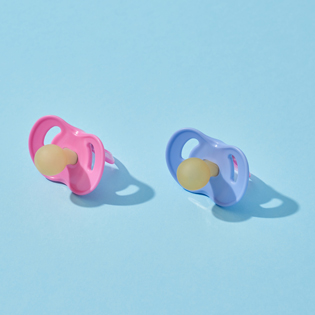

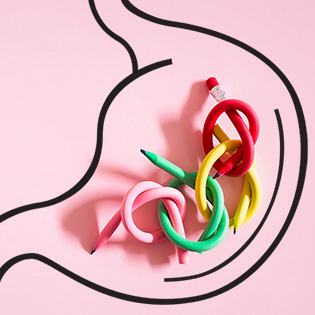

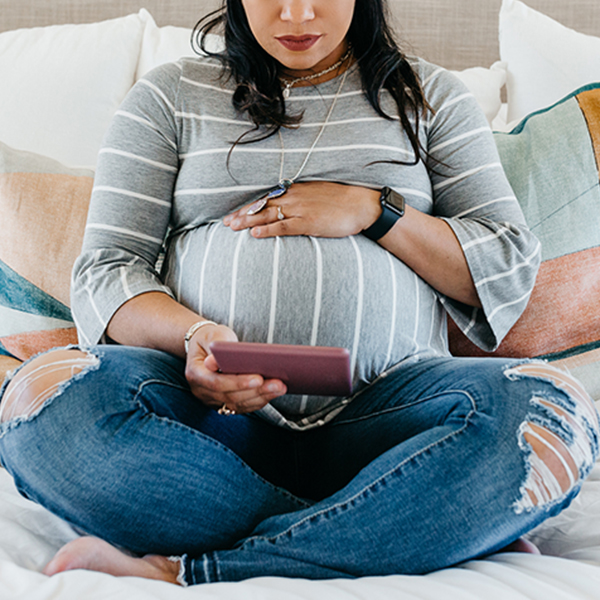

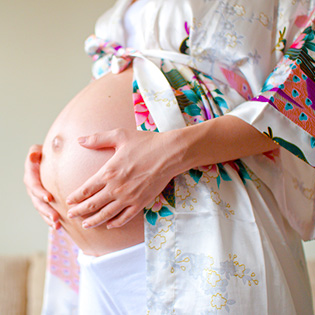
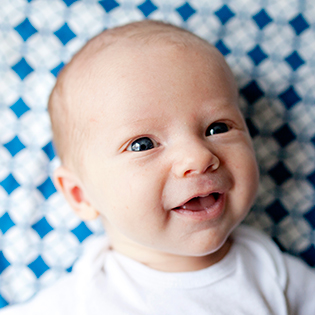
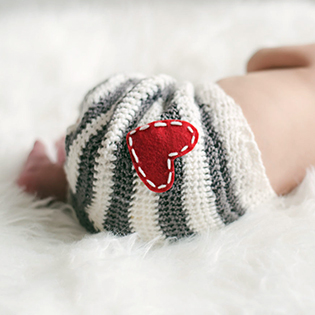
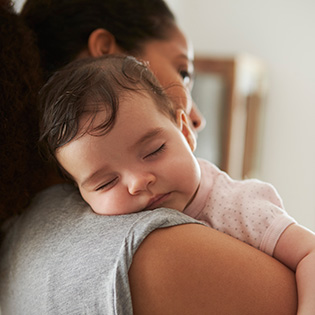
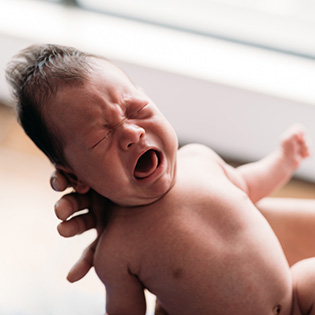

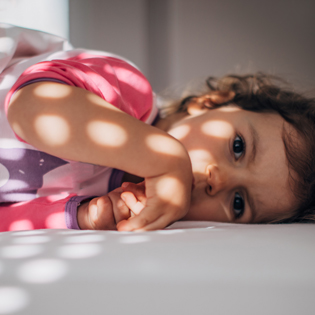
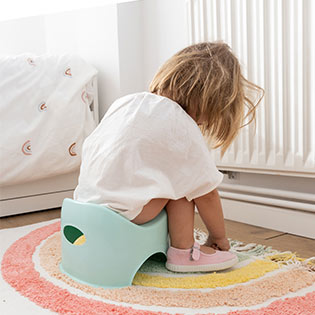
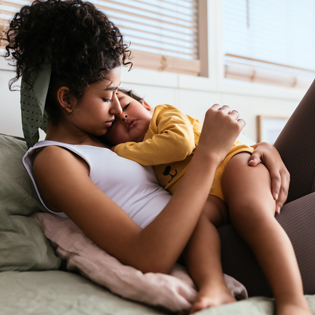
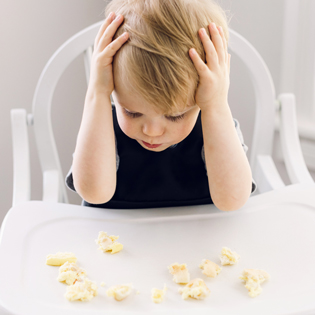
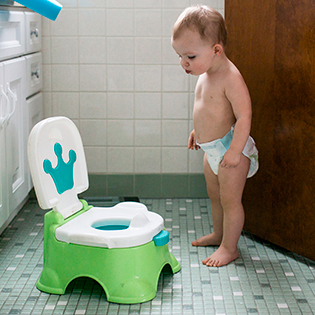
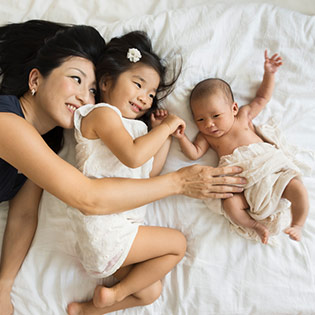
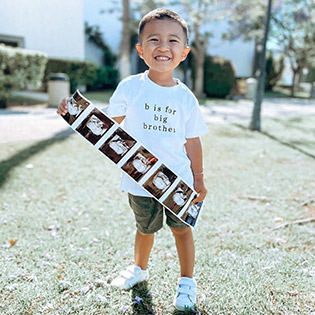
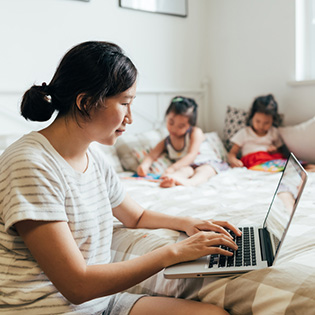
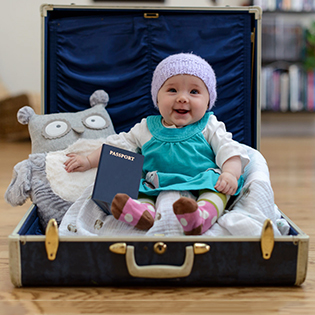
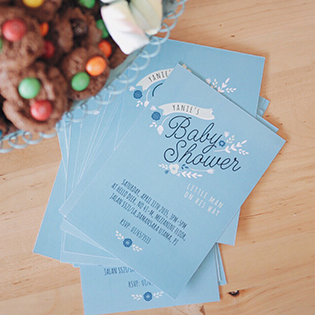

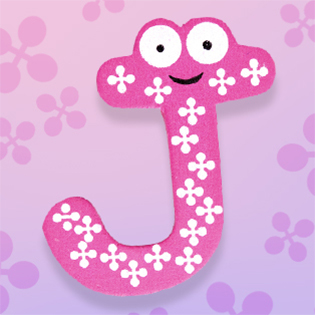
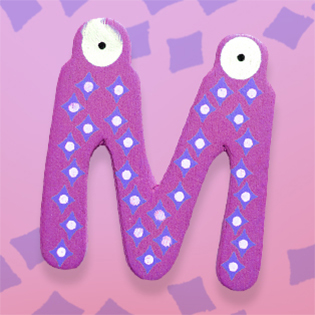
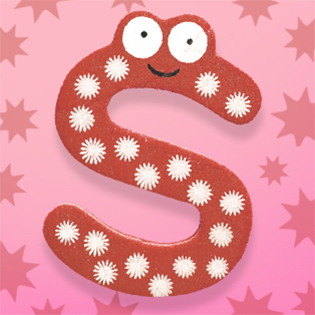
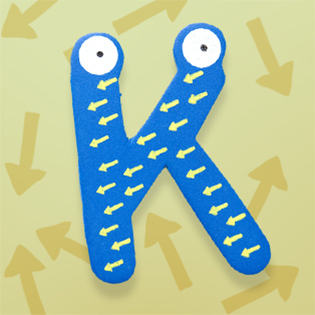
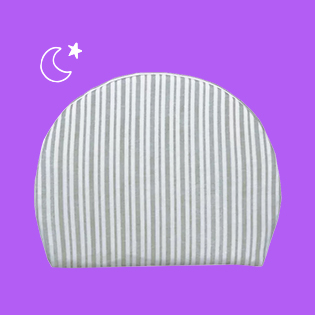
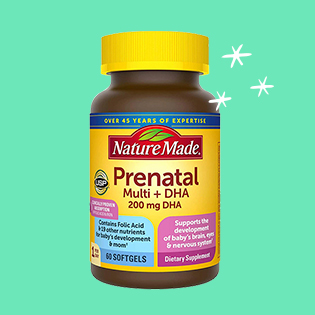
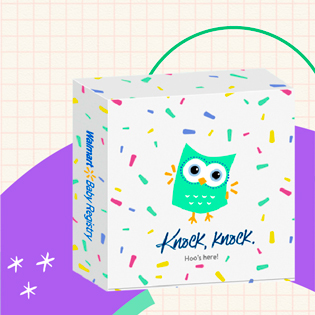

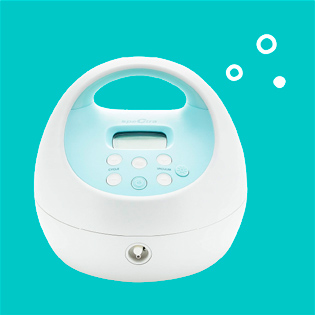








 Trending On What to Expect
Trending On What to Expect





